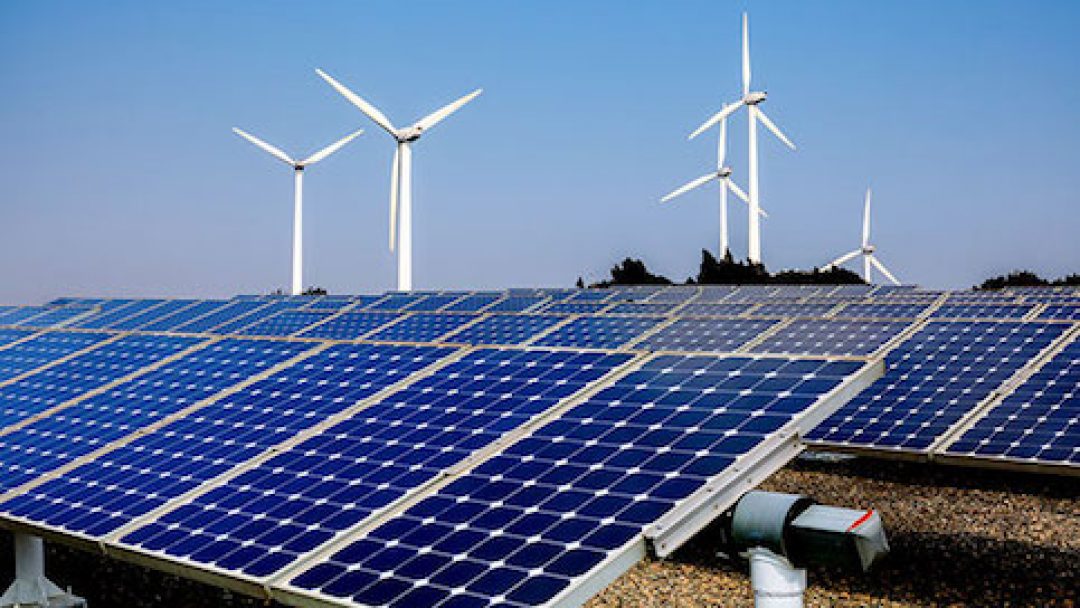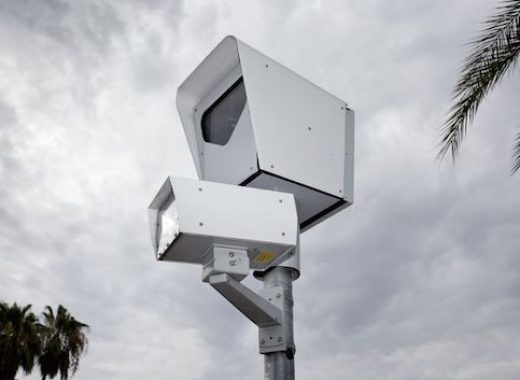Vasari Energy, a California based solar energy company doubled its investments a month after announcing the opening of a solar energy plant in Gila Bend, Arizona. The plant when complete would supply 140 megawatts, enough to power 7,000 homes.
The company’s investment is part an increased trend in solar energy companies’ interest in expanding operations in states with suitable climates. Vice President Sean Gallagher of Solar Energy Industries Association speaks highly of Arizona for solar development as Arizona has “got a lot of sun, a lot of clear days.”
Moreover, states with such conditions are taking increased actions to accommodate such development with zoning laws and fiscal incentives. This too marks a consumerist trend towards renewable energy sources. Arizona recently pledged 15% of its energy generation to be renewable by 2025.
Developments like that of Vasari Energy’s has ranked Arizona as second in the United States for installed solar capacity, trailing behind California the country’s leader. Other sunny states such as North Carolina and Texas are rapidly increasing in solar development as similar minded businesses open and expand their operations in suitable areas.
The effect of such developments on local and state-wide economy is expected to be highly positive. Solar expert Auriane Koster from the Ann Wrigley Global Institute of Sustainability describes such projects as generating a skilled workforce and high paying construction jobs.
The plant at Gila Bend plant would be considered large as its production of 140 megawatts of electricity compares to the 1 – 50 megawatts of a typical solar plant, according to the Arizona Corporation Commission. Notwithstanding, the output of solar energy is far behind that of fuel and nuclear power. Arizona’s fossil fuel plants generate between 200 and 2,000 megawatts and its nuclear plant generates 3,937 megawatts of electricity. Despite the large ratios of fuel and nuclear power to solar output of 14:1 and 28:1 respectively, consumers and legislators are turning to renewable energy sources showing encouraged by its renewability and safety.








